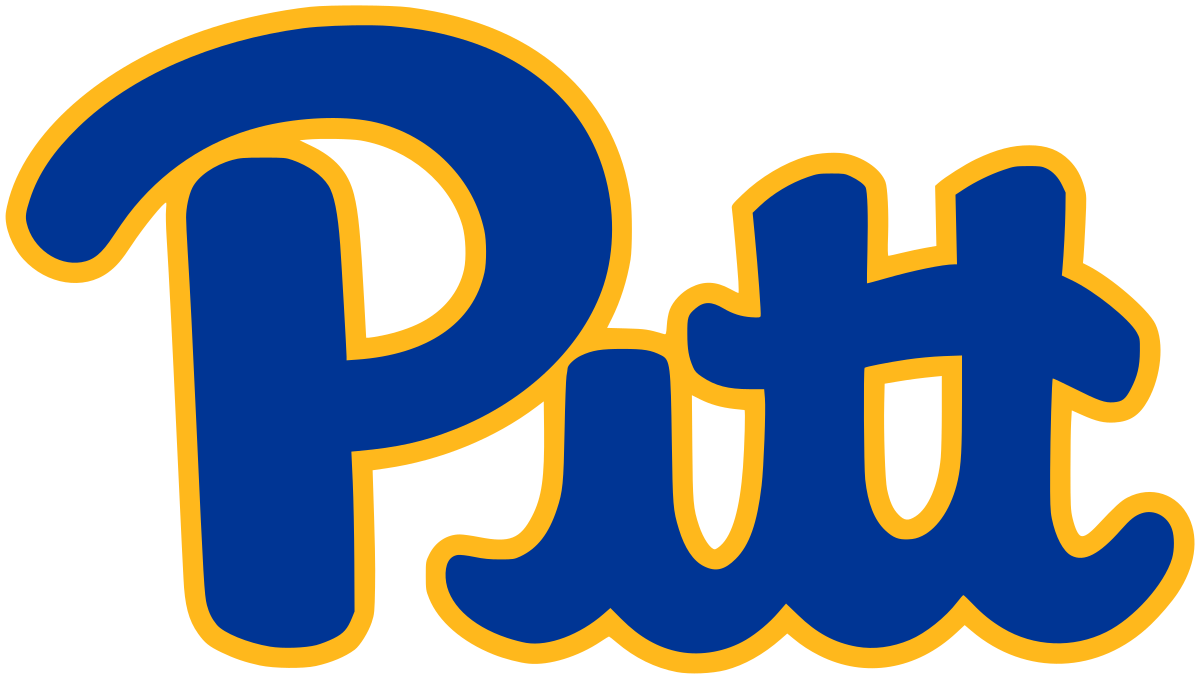
Computational Biology Seminar
Lecture 01

(BIOSC 1630)
Aug 28, 2024
After today, you should be able to
1. Understand course structure and expectations.
2. Outline the requirements and goals of the perspective primers.
3. Compare and contrast different types of scientific articles.
4. Explain the key components of the research ecosystem.
5. Apply effective strategies to find relevant literature.
Meet your teaching team

Instructor
Alex Maldonado, PhD
he/him/his
B.S.E in Chemical Engineering, 2018
Western Michigan University

Ph.D. in Chemical Engineering, 2023
University of Pittsburgh
Postdoctoral Associate in Computational Biology
Acceptable ways to address me:
Alex (preferred)
Dr. Maldonado
Dr. Alex
Dr. M
Office hours: By appointment
Email: alex.maldonado@pitt.edu
Alex's fun facts


Every male in my (maternal) family played football
—I rebelled
Alex's fun facts
Part-time jobs
- Construction
- UPS package handler
- Kent County Traffic safety
- Jimmy John's delivery driver
- Wings West ice events



Get to know my ...


Tessa the cat




All course material is hosted online
Website: pitt-biosc1630-2024f.oasci.org/

Things that contain student information will be only on Canvas to be FERPA compliant
Assignments will be submitted on Gradescope
Reading and critiquing research
We will be routinely reading primary research articles within computational biology
New methods come out all of the time, which ones should you use?
Will enhance your knowledge of the field
You will read one research article every two weeks
I have picked several papers across computational biology published in 2023
A pre-class assignment will ensure you are prepared for discussion-based activities
Enhancing your critical thinking by reading literature
"I'm not going to graduate school, so why am I taking a whole class reading literature?"
Reading literature is a great activity to practice critical thinking and skepticism

Peer reviewed does not mean infallible
BIOSC 1640 is where you problem solve
Problems, solutions, and ideas need to be shared
Every job description likely contains "Excellent communication skills"
We will help you hone your communication skills with writing a perspective paper
You will write a perspective paper during the semester
Writing-intensive courses require 11 to 13 single-spaced pages of writing
This is an atypical two-credit course

Paper is chunked into smaller assignments due periodically throughout the semester
I will accept the following graduate fellowship applications in lieu of writing a perspective
- NSF GRFP: Humanities and STEM
- DOE CSGF: High-performance computing
- Hertz Fellowship: Applied STEM
Research statements for these applications are more rigorous than this perspective
After today, you should be able to
1. Understand course structure and expectations.
2. Outline the requirements and goals of the perspective primers.
3. Compare and contrast different types of scientific articles.
4. Explain the key components of the research ecosystem.
5. Apply effective strategies to find relevant literature.
Primer 1: Protein structure prediction
AlphaFold has undoubtedly revolutionized protein structure prediction


AF3 can predict any (ordered) biomolecule with post-translational modifications
Primer 1: Protein structure prediction
AlphaFold is a complicated machine learning model that is trained to reproduce experimental structures

It achieves transferability by learning to find coevolutionary signals of residue-residue proximity
Primer 1: Protein structure prediction
Ab initio methods use physical representations and calculations to compute structures

Expensive but interpretable
Should we abandon ab initio methods for protein structure prediction?
Primer 2: Molecular dynamics for drug design

Drug discovery aims to identify drug candidates from a large search space
Primer 2: Molecular dynamics for drug design

Protein-ligand docking can rapidly identify binding poses based on parameterized scoring functions and/or machine learning
Primer 2: Molecular dynamics for drug design
Molecular simulations account for solvent, protein, and ligand dynamics

Significantly enhanced conformational sampling and free energies (e.g., entropy)
Primer 2: Molecular dynamics for drug design

With experimental assays becoming more economical, why spend the time running simulations?
Alchemical simulations systematically turn off the ligand's interaction with proteins
Primer 2: Molecular dynamics for drug design
Experimental techniques probe drug action before investing in clinical trials

Example: Terray Therapeutics
Should we bypass molecular simulations and go straight to experimental assays?
Each primer has no right answer; I'm just looking for your opinion with supporting evidence
After today, you should be able to
1. Understand course structure and expectations.
2. Outline the requirements and goals of the perspective primers.
3. Compare and contrast different types of scientific articles.
4. Explain the key components of the research ecosystem.
5. Apply effective strategies to find relevant literature.
Primary literature: Original research by scientists in the field
- Contains novel computational methods, algorithms, or analyses
- Published in peer-reviewed journals
- Includes detailed methodology, datasets, and statistical analyses
- Often accompanied by open-source code or software tools

Review: Summarizes the current state of knowledge in a specific area
- Synthesis of multiple primary research articles
- No new experimental data presented
- Analyzes trends, gaps, and future directions in research

Perspective: Presents author's viewpoint on a specific topic or issue
- Discusses potential impacts of new technologies or approaches
- Often addresses controversial or emerging areas
- May propose new research directions or hypotheses
- Not peer-reviewed as rigorously as primary research

Ten-minute break
After today, you should be able to
1. Understand course structure and expectations.
2. Outline the requirements and goals of the perspective primers.
3. Compare and contrast different types of scientific articles.
4. Explain the key components of the research ecosystem.
5. Apply effective strategies to find relevant literature.
Understanding the research ecosystem sheds light on literature caveats
Carnegie classifications of Universitites
Doctorate-granting universities
R1: Very high research activity
- ~ 3% of universities
- Destination of major federal and private funding
R2: High research activity



Basically how much money a university spends on research
Hiring tenure-stream professors
Application process
- Often 300+ applications for a single position
- Comprehensive application package
- Multiple phone/video interviews
- Campus visits with seminars, chalk talks, meetings, etc.
Selection criteria
- High performance in research
- Grant potential
- Fit with department research priorities and culture
Tenure-stream expectations
- Independently publish by year three
- Mentor research trainees
- Invited to speak at institutions and conferences
- Provide service to department and profession
- Develop one undergraduate course
Getting tenure

- Quality, impact, and consistency of research
- Number, size, and prestige of funding sources
- Teaching excellence not required
- Faculty and dean vote; provost has final say
Tenure catalyzes a publish or perish culture

Journal prestige


Impact factor tries to communicate how "groundbreaking" publications in that journal are
Research productivity

H-index is a quick, imperfect way to quantify research quality of a professor

Grant acquisition
- Professors pay (and train) others to do their research
- Provides funding for research projects and lab personnel
- Major Funding Sources:
- Federal: NIH, NSF, DOE, DOD, NASA
- Private foundations: Gates Foundation, Howard Hughes Medical Institute
- Industry partnerships
Grant databases
Obtaining grants is extremely difficult
- Time-consuming application process
- Balancing grant writing with ongoing research and teaching
- Success rates often below 20%
- Navigating changing funding priorities
- Multiple submission rounds
Critical evaluation
Just because it is peer-reviewed does not mean it is perfect
Things you should be considerate of
- Do the authors have the appropriate expertise?
- Are the methods state-of-the-art or justified?
- Is the journal reputable?
- Do the results support their conclusions?
- Are the results reproducible?
After today, you should be able to
1. Understand course structure and expectations.
2. Outline the requirements and goals of the perspective primers.
3. Compare and contrast different types of scientific articles.
4. Explain the key components of the research ecosystem.
5. Apply effective strategies to find relevant literature.
Before the next class, you should
- Turn in the "Theme analysis" assignment (will be released shortly)
Lecture 02:
Reading literature
Lecture 01:
Course overview
Today
Next Wednesday